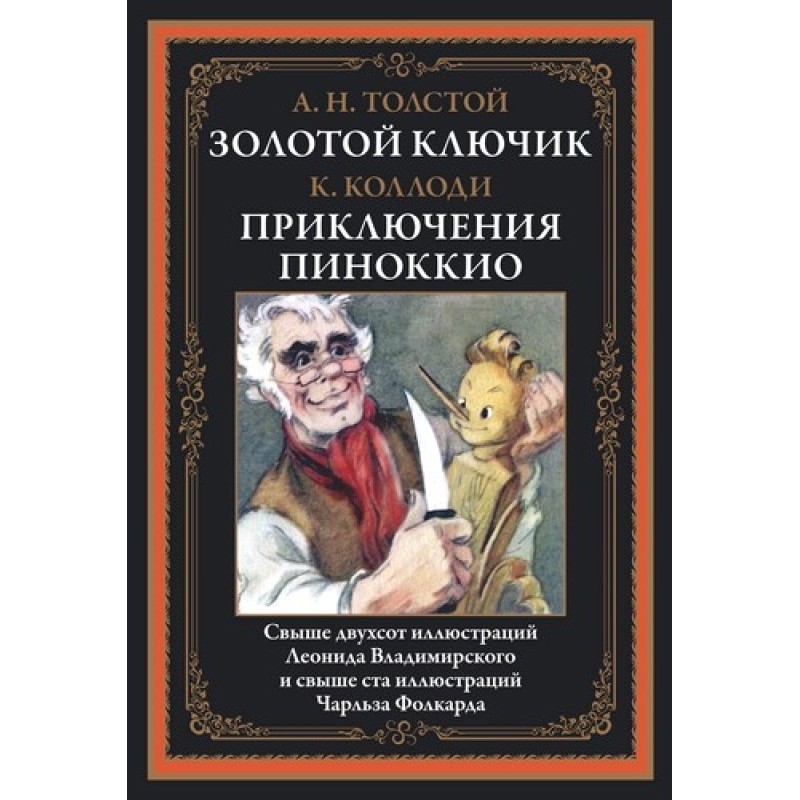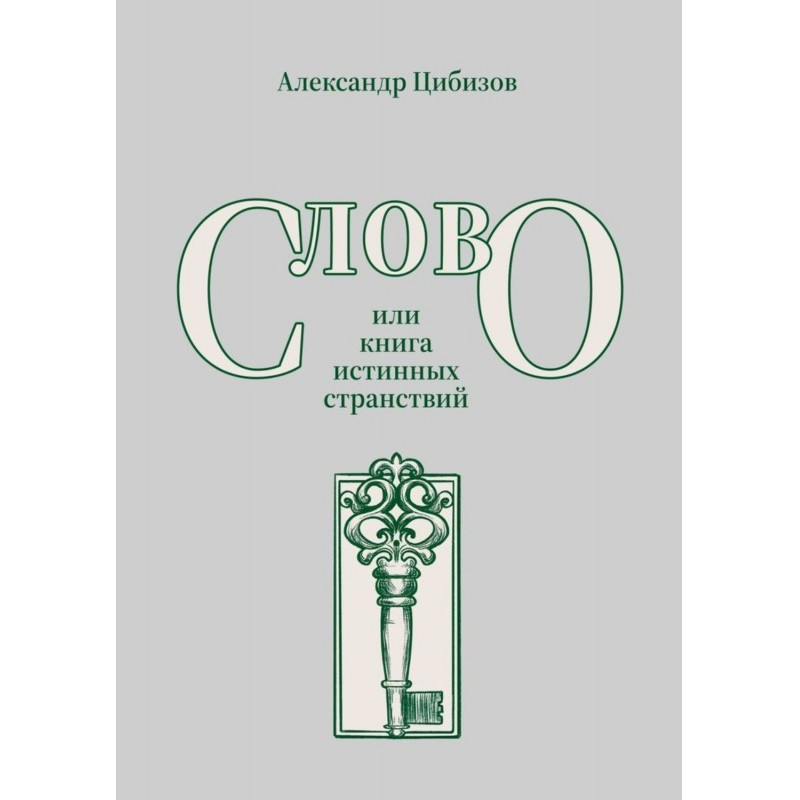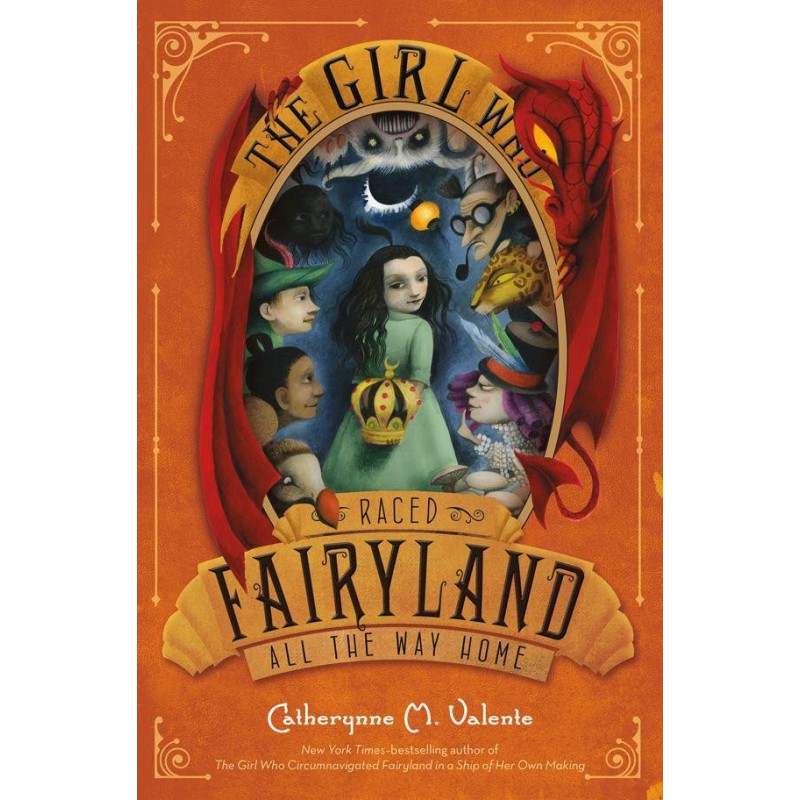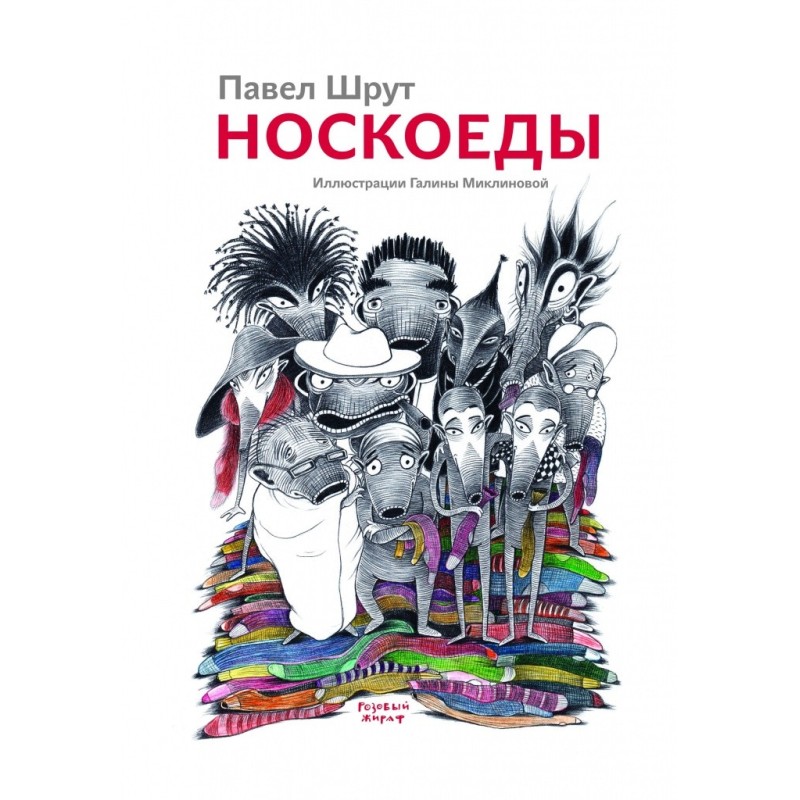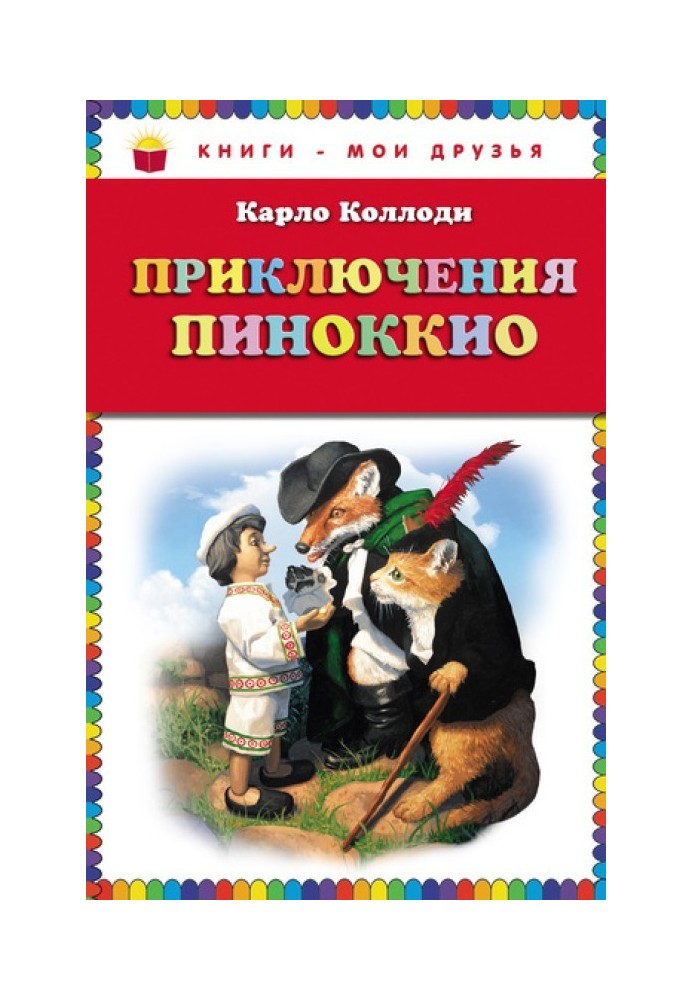The Adventures of Pinocchio
 Instant download
Instant download
after payment (24/7)
 Wide range of formats
Wide range of formats
(for all gadgets)
 Full book
Full book
(including for Apple and Android)
Source of the electronic version of the book: Annotation: Once master Gepetto made a wooden boy - Pinocchio - out of a log, but he only knew how to misbehave , and when he lied his wooden nose became even longer. He ran away from home, was in prison and worked in a circus. But one morning a real boy came to Papa Gepetto - good and obedient. Note: In June 1881, the editor of “Il Giornale dei Bambini” (“Children’s Newspaper”) received from his friend Carlo an envelope with the manuscript “History” Pinocchio" and a note: "I am sending you this baby talk, do with it what you want. But if you publish it, pay me well so that I will want to continue it.” As Collodi later recalled, the idea for this tale matured almost instantly and was generally finalized in one night! The main character of the fairy tale was a marionette doll (in Italy, the birthplace of theatrical masks and puppet theater, “Pinocchio”). Collodi named his hero Pinocchio, from the word “pino,” which in the Tuscan dialect means “pine nut.” For “The Story of a Puppet,” the editor paid the author 50 lire, and on July 7, 1881, his newspaper published the first two stories about Pinocchio. In July–October, 13 more chapters were published, and the story ended on the 15th chapter. Moreover, the author originally decided on a harsh ending: the hero was hanged by robbers on an oak branch, as a lesson to all naughty children. However, this ending caused complete rejection among young readers. Perhaps they thought that disobedience and pranks did not deserve such punishment? Be that as it may, after the editors were bombarded with letters of indignation, the author continued his story and rewrote the ending. In 1883, the fairy tale “The Adventures of Pinocchio. The History of a Wooden Doll” was published as a separate book and began its triumphant march across the planet. Carlo Collodi was 57 years old at that time. “The Adventures of Pinocchio,” according to UNESCO, was translated into 87 languages, 27 sequels were written for it, and it was performed on stage and screen 400 times. The book went through more than 111 editions in English alone, and the first Russian translation in 1908 at the publishing house of M. O. Wolf was made from the 480th Italian edition. Based on Pinocchio in 1936 A. Tolstoy created his fairy tale “The Golden Key, or the Adventures of Pinocchio.” A complete translation of the original work into Russian was carried out for the first time by the writer E. G. Kazakevichemi published in 1959. At the end of the 19th century, the Vatican banned Carlo Collodi’s “Pinocchio” because the living creature there was created by a craftsman, and not by God. Nowadays, in the small Italian town of Collodi, in honor of which the writer took his pseudonym, there is a monument to a literary hero, a wooden boy named Pinocchio. The inscription is carved on the monument: “To the immortal Pinocchio there are grateful readers aged from four to seventy years.” Source: The text of the book was translated from the original language using an artificial intelligence program. For the most part, the translation of the text is of very high quality, but in some cases, due to the imperfection of the technology, there may be incorrect phrase translations in the text, as well as single words and expressions may not be translated.
The text of the book was translated from the original language using an artificial intelligence program. For the most part, the translation of the text is of very high quality, but in some cases, due to the imperfection of the technology, there may be incorrect phrase translations in the text, as well as single words and expressions may not be translated.
FL/997119/UA
Data sheet
- Name of the Author
- Грег Хильдебрандт
Карло Коллоди - Language
- Ukrainian
- Release date
- 2011
- Translator
- Динара Селиверстова




